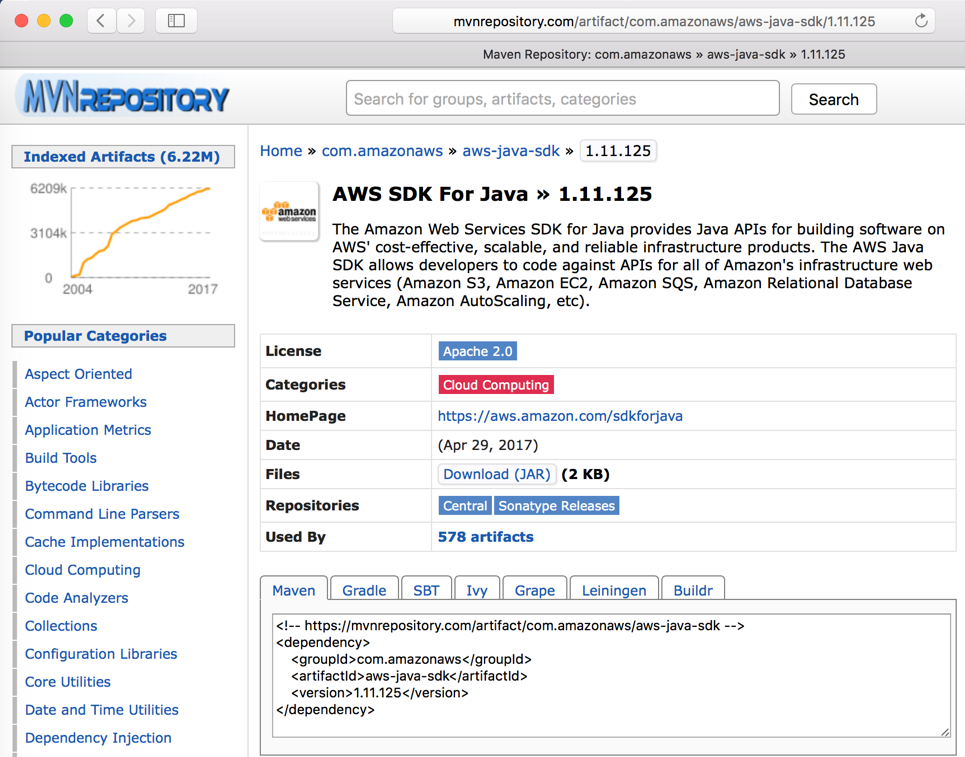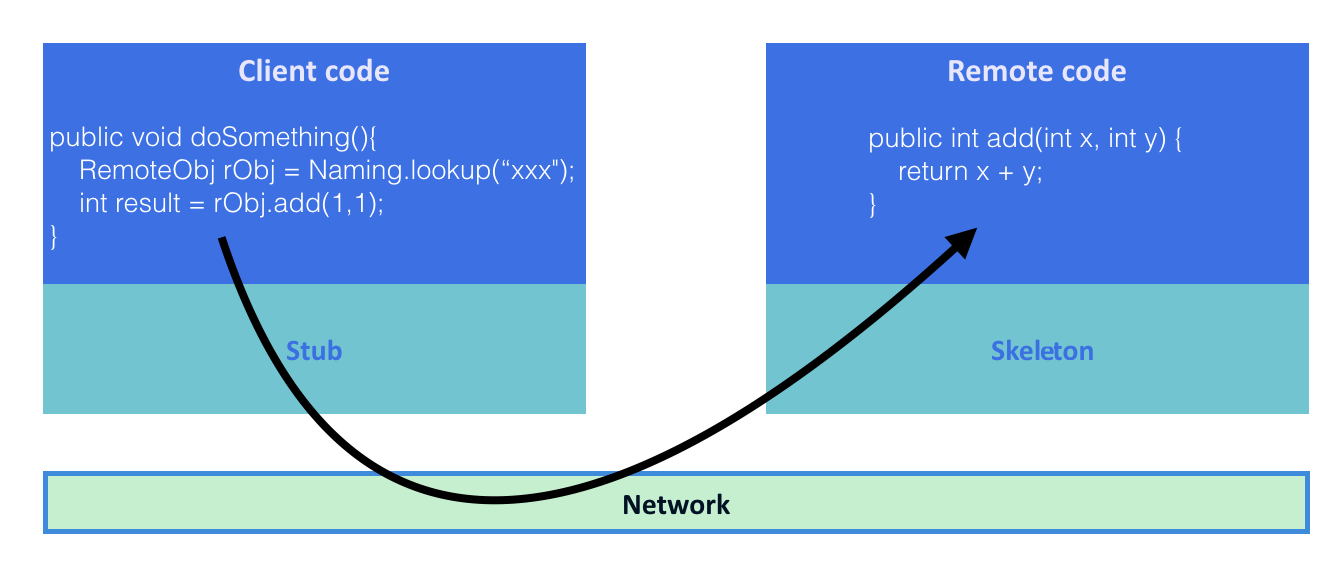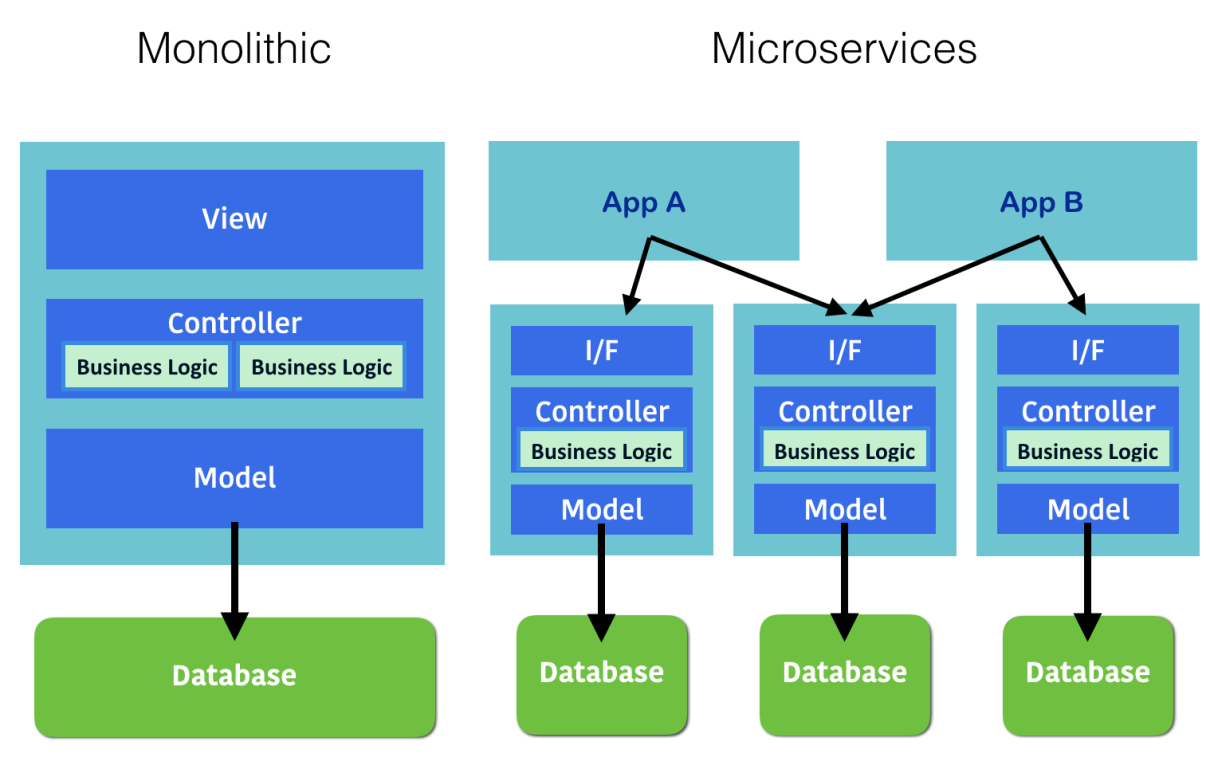As mentioned previously, software architecture and design has continued to evolve based on the target environment and the volume of the application. This section will discuss the history and evolution of software design.
The microservices trend
Modular programming
As the size of applications increases, the job of developers is to try to divide it into several modules. Each module aims to be independent and reusable, and each is maintained by different developer teams. The main application simply initializes, imports, and uses these modules. This makes the process of building a larger application more efficient.
The following example shows the dependencies for nginx (https://www.nginx.com) on CentOS 7. It indicates that nginx uses OpenSSL(libcrypt.so.1, libssl.so.10), the POSIX thread(libpthread.so.0) library, the regular expression PCRE(libpcre.so.1) library, the zlib(libz.so.1) compression library, the GNU C(libc.so.6) library, and so on:
$ /usr/bin/ldd /usr/sbin/nginx linux-vdso.so.1 => (0x00007ffd96d79000) libdl.so.2 => /lib64/libdl.so.2 (0x00007fd96d61c000) libpthread.so.0 => /lib64/libpthread.so.0
(0x00007fd96d400000) libcrypt.so.1 => /lib64/libcrypt.so.1
(0x00007fd96d1c8000) libpcre.so.1 => /lib64/libpcre.so.1 (0x00007fd96cf67000) libssl.so.10 => /lib64/libssl.so.10 (0x00007fd96ccf9000) libcrypto.so.10 => /lib64/libcrypto.so.10
(0x00007fd96c90e000) libz.so.1 => /lib64/libz.so.1 (0x00007fd96c6f8000) libprofiler.so.0 => /lib64/libprofiler.so.0
(0x00007fd96c4e4000) libc.so.6 => /lib64/libc.so.6 (0x00007fd96c122000) ...
Package management
The Java programming language, and several other scripting programming languages such as Python, Ruby, and JavaScript, have their own module or package management tool. Java, for example, has Maven (http://maven.apache.org), Python uses pip (https://pip.pypa.io), RubyGems (https://rubygems.org) is used for for Ruby, and npm is used (https://www.npmjs.com) for JavaScript.
Package management tools not only allow you to download the necessary packages, but can also register the module or package that you implement. The following screenshot shows the Maven repository for the AWS SDK:

When you add dependencies to your application, Maven downloads the necessary packages. The following screenshot is the result you get when you add the aws-java-sdk dependency to your application:

Modular programming helps you to accelerate software development speed. However, applications nowadays have become more sophisticated. They require an ever-increasing number of modules, packages, and frameworks, and new features and logic are continuously added. Typical server-side applications usually use authentication methods such as LDAP, connect to a centralized database such as RDBMS, and then return the result to the user. Developers have recently found themselves required to utilize software design patterns in order to accommodate a bunch of modules in an application.
The MVC design pattern
One of the most popular application design patterns is Model-View-Controller (MVC). This defines three layers: the Model layer is in charge of data queries and persistence, such as loading and storing data to a database; the View layer is in charge of the User Interface (UI) and the Input/Output (I/O); and the Controller layer is in charge of business logic, which lies in between the View and the Model:

There are some frameworks that help developers to make MVC easier, such as Struts (https://struts.apache.org/), SpringMVC (https://projects.spring.io/spring-framework/), Ruby on Rails (http://rubyonrails.org/), and Django (https://www.djangoproject.com/). MVC is one of the most successful software design pattern, and is used for the foundation of modern web applications and services.
MVC defines a borderline between every layer, which allows several developers to jointly develop the same application. However, it also causes some negative side effects. The size of the source code within the application keeps getting bigger. This is because the database code (the Model), the presentation code (the View), and the business logic (the Controller) are all within the same VCS repository. This eventually has an impact on the software development cycle. This type of application is called a monolithic application. It contains a lot of code that builds a giant EXE or war program.
Monolithic applications
There's no concrete measurement that we can use to define an application as monolithic, but a typical monolithic app tends to have more than 50 modules or packages, more than 50 database tables, and requires more than 30 minutes to build. If we need to add or modify one of those modules, the changes made might affect a lot of code. Therefore, developers try to minimize code changes within the application. This reluctance can lead to the developer hesitation to maintain the application code, however, if problems aren't dealt with in a timely manner. For this reason, developers now tend to divide monolithic applications into smaller pieces and connect them over the network.
Remote procedure call
In fact, dividing an application into small pieces and connecting them via a network was first attempted back in the 1990s, when Sun Microsystems introduced the Sun Remote Procedure Call (SunRPC). This allows you to use a module remotely. One of most popular implementation is Network File System (NFS). The NFS client and the NFS server can communicate over the network, even if the server and the client use different CPUs and OSes.
Some programming languages also support RPC-style functionality. UNIX and the C language have the rpcgen tool, which generates a stub code that contains some complicated network communication code. The developer can use this over the network to avoid difficult network-layer programming.
Java has the Java Remote Method Invocation (RMI), which is similar to the Sun RPC, but specific to the Java language. The RMI Compiler (RMIC) generates the stub code that connects remote Java processes to invoke the method and return a result. The following diagram shows the procedure flow of the Java RMI:

Objective C has a distributed object and .NET has remoting, both of which work in a similar fashion. Most modern programming languages have RPC capabilities out of the box. These RPC designs are capable of dividing a single application into multiple processes (programs). Individual programs can have separate source code repositories. While the RPC designs worked well, machine resources (CPU and memory) were limited during the 1990s and early 2000s. Another disadvantage was that the same programming language was intended to be used throughout and these designs were intended to be used for a client/server model architecture, rather than a distributed architecture. In addition, there was less security consideration when these designs were developed, so they are not recommended to be used over a public network.
In the early 2000s, initiative web services that used SOAP (HTTP/SSL) as data transport were developed. These used XML for data presentation and the Web Services Description Language (WSDL) to define services. Then, Universal Description, Discovery, and Integration (UDDI) was used as the service registry to look up a web services application. However, as machine resources were not plentiful at the time and due to the complexity of programming and maintaining web services, this was not widely accepted by developers.
RESTful design
In the 2010s, machines and even smartphones were able to access plenty of CPU resources, and network bandwidths of a few hundred Mbps were everywhere. Developers started to utilize these resources to make application code and system structures as easy as possible, making the software development cycle quicker.
Nowadays, there are sufficient hardware resources available, so it makes sense to use HTTP/SSL as the RPC transport. In addition, from experience, developers choose to make this process easier as follows:
- By making HTTP and SSL/TLS as standard transport
- By using HTTP method for Create/Load/Upload/Delete (CLUD) operation, such as GET, POST, PUT, or DELETE
- By using the URI as the resource identifier, the user with the ID 123, for example, would have the URI of /user/123/
- By using JSON for standard data presentation
These concepts are known as Representational State Transfer (RESTful) design. They have been widely accepted by developers and have become the de facto standard of distributed applications. RESTful applications allow the use of any programming language, as they are HTTP-based. It is possible to have, for example, Java as the RESTful server and Python as the client.
RESTful design brings freedom and opportunities to the developer. It makes it easy to perform code refactoring, to upgrade a library, and even to switch to another programming language. It also encourages the developer to build a distributed modular design made up of multiple RESTful applications, which are called microservices.
If you have multiple RESTful applications, you might be wondering how to manage multiple source codes on VCS and how to deploy multiple RESTful servers. However, CI and CD automation makes it easier to build and deploy multiple RESTful server applications. For this reason, the microservices design is becoming increasingly popular for web application developers.
Microservices
Although microservices have the word micro in their name, they are actually pretty heavy compared to applications from the 1990s or early 2000s. They use full stack HTTP/SSL servers and contain entire MVC layers.
The microservices design has the following advantages:
- Stateless: They don't store user sessions to the system, which helps to scale the application.
- No shared data store: Microservices should have their own data stores, such as databases. They shouldn't share these with other applications. They help to encapsulate the backend database so that it is easier to refactor and update the database scheme within a single microservice.
- Versioning and compatibility: Microservices may change and update the API, but they should define versions, such as /api/v1 and /api/v2, that have backward compatibility. This helps to decouple other microservices and applications.
- Integrate CI/CD: The microservice should adopt the CI and CD process to eliminate management effort.
There are some frameworks that can help to build microservice-based applications, such as Spring Boot (https://projects.spring.io/spring-boot/) and Flask (http://flask.pocoo.org). However, there're a lot of HTTP-based frameworks, so developers can feel free to choose any preferred framework or programming language. This is the beauty of the microservice design.
The following diagram is a comparison between the monolithic application design and the microservices design. It indicates that a microservice design is the same as the monolithic design; they both contain an interface layer, a business logic layer, a model layer, and a data store. The difference is, however, that the application is constructed of multiple microservices. Different applications can share the same microservices:

The developer can add the necessary microservices and modify existing microservices with a rapid software delivery method that won't affect an existing application or service. This is an important breakthrough. It represents an entire software development environment and methodology that's widely accepted by developers.
Although CI and CD automation processes help to develop and deploy microservices, the number of resources, such as VMs, OS, libraries, disk volumes, and networks, can't compare with monolithic applications. There are some tools that can support these large automation environments on the cloud.












































































